Engineering PhD Projects
Read about some of the PhD projects undertaken by our Engineering Postgraduate students.
Read about some of the PhD projects undertaken by our Engineering Postgraduate students.
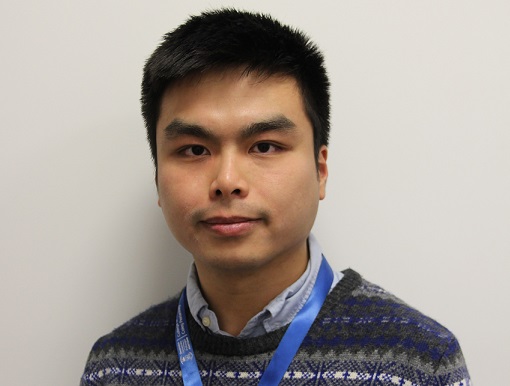
Effects of Nanofluid on Single-Walled Carbon Nanotubes Growth during Chemical Vapour Deposition Process
My research is focused on the effects of nanofluid on single-walled carbon nanotubes (SWCNTs) growth during Chemical Vapour Deposition (CVD) process. The overarching objective of my research is to grow ultra-long carbon nanotubes, by studying the interaction between catalytic growth in chemical aspects and in computational fluid modelling (CFD).
I have been working for my research group under the supervision of Dr. Alvin Orbaek White. The “From Bin to Bulb” exhibit is now on display at the Swansea Waterfront Museum this year, which the carbon nanotube wire is made using plastic as a feed stock.
Bioinspired Lightweight Vehicle Design through Advanced Correlative Microscopy and Finite Element Analysis
Evolution has driven adaptation to morphologies and architectures in nature over millions of years. My research involves bio-prospecting museum collections, primarily in conjunction with the National Museum of Wales, Cardiff, to find structures in nature that are lightweight and strong, for potential application in vehicles to reduce greenhouse gases.
Interesting architectures are scanned using X-ray micro-CT equipment within the Advanced Imaging of Materials (AIM) facility. The data is used to produce a 3D geometry which is digitally analysed using 3D visualisation software packages and Finite Element Modelling (FEA), and physically 3D printed to understand the structure's performance. This can lead to a bioinspired design, based on nature's principles.
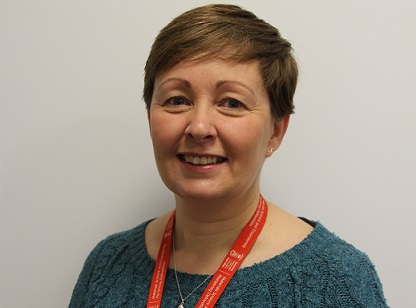
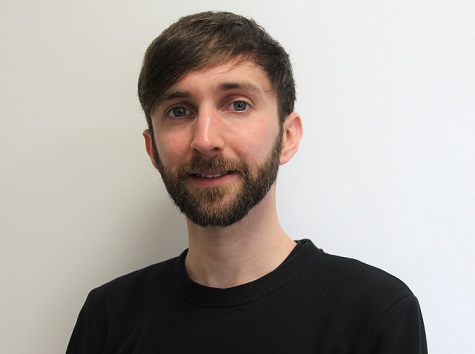
Stability and Scalability of Organic Photovoltaics
With concerns surrounding fossil fuels, solar technologies are likely to play a key role in future energy generation. Silicon photovoltaics are currently the most abundant technology. However, organic solar cells (OSCs) may offer several benefits over silicon technologies. These include reduced weight, increased flexibility, reduced costs and compatibility with less energy intensive, low-temperature, high-throughput solution processing.
Whilst OSC efficiencies are now approaching the levels of silicon, two key challenges remain: stability and scalability. My research aims to tackle these issues by elucidating the causes behind poor device stability and investigating the factors limiting the performance of slot-die coated OSCs.
Development of Sensors and Non-Destructive Analysis to Determine the Performance of Coatings in Construction
My research aims to develop methods that allow in-situ performance monitoring of organically coated steel products used in construction.
Currently, performance is often only estimated from lab-based accelerated testing and live monitoring via sensors could allow far more accurate lifetime and maintenance data and facilitate early failure detection. Development of techniques to assess the ‘aggressivity’ of an environment are also being considered to determine the presence and effect of different building geometries on localised environmental conditions.
It is hoped this may lead to an improved understanding of why coating failure occurs in certain building locations more prominently.
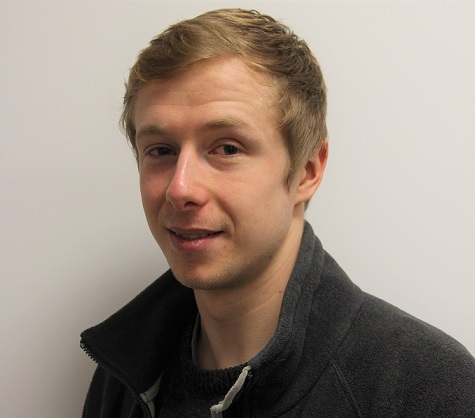
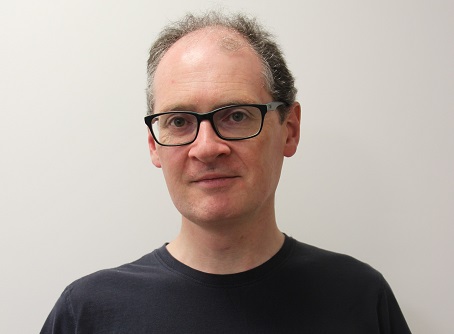
Advanced Electrocatalysts for Future Renewable Energy Storage as Hydrogen
The aim of this PhD research project is to develop catalytic coatings for low-cost, practical hydrogen production from water-splitting electrolysis. Despite promises from companies and organisations to ‘offset’ carbon emissions, and from researchers to capture and store carbon dioxide, our belief is that decarbonisation is necessary long term, via the use of hydrogen as an energy vector.
By modifying an existing and extremely simple procedure, a Raney Nickel coating has been developed that has performance that nevertheless ranks it as the second-best bifunctional catalyst known.
Application of Integrated Renewables in Closed Sanitation System
Given the large number of parameters involved in simulating a full aircraft configuration at real flight conditions, it can take up to several hours to obtain a single solution.
This project explores the use of machine learning techniques to obtain fast solution queries. Two-dimensional and three-dimensional wings are modelled using non-uniform rational B-spline (NURBS) with up to 50 degrees of freedom in the geometry and steady inviscid computational fluid dynamics (CFD) solvers are used to build the dataset at flight cruising conditions.
Neural network is then used as a non-intrusive reduced order model (ROM) to predict surface pressure. One such application to using the trained model is inverse shape optimisation. The next objective is to develop a ML-ROM model for transient flows.
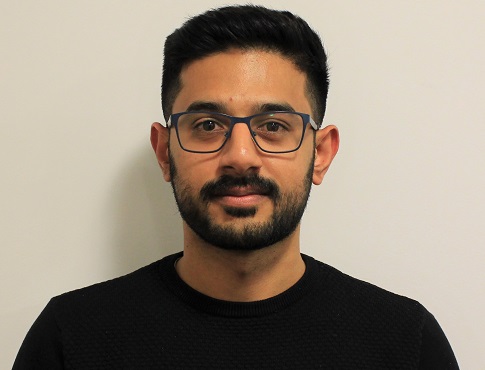
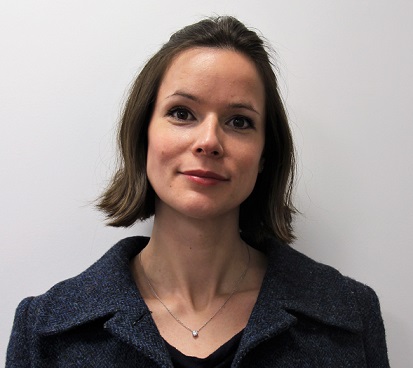
Application of Integrated Renewables in Closed Sanitation System
Industrial Sponsor: Bill & Melinda Gates Foundation
Problem - Lack of safe sanitation in poor countries, combined with rapid urbanisation and population growth generates enormous quantities of faecal sludge (FS). This is often being buried or openly disposed of locally, polluting water sources and causing outbreaks of disease and is consequently the leading cause of infection in the world.
Opportunity - Brandberg (1985) asked the question, "Why should a latrine look like a house?" to demonstrate that the poorest people need not be excluded from the benefits of sanitation because they cannot afford the superstructure. But what if the superstructure was a commodity in itself? What if it could aid faecal sludge management (FSM) and provide heat, assist in purifying water and electrify a home or school.
Strategy - Design, construct and operate an ‘off grid’ superstructure to house a closed loop sanitation system utilising passive and renewable technologies within the fabric and aid the capture and reuse of any by-products.
Constitutive Modelling of Sedimentary Evolution at Basin Scale
The aim of my research is to develop elastoplastic-fracture constitutive models that describe certain geological structures which evolve over millions of years. The constitutive models are coded into Fortran subroutines and implemented in commercial software (ParaGeo), which is a finite-element based solver for geomechanics applications.
The final chapter of my thesis deals with the development of normal faults in extensional region as well as fold and thrust belts in compressional region at basin scale due to gravitational instability triggered by highly overpressured shale, with synkinematic sedimentation.
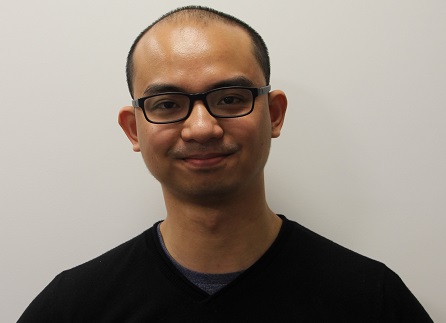
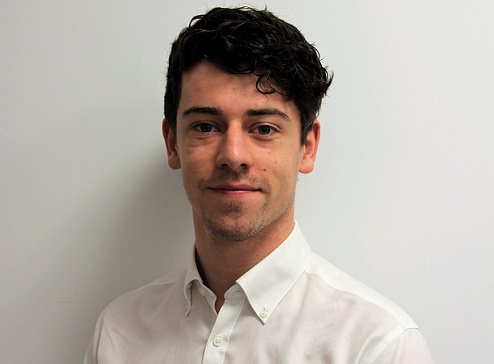
The Development and Implementation of Industry 4.0 into Automotive Manufacturing
The aim of my EngD is to investigate the rapid development of advanced manufacturing technologies and how they can be utilised to improve productivity, quality and reduce cost at Ford Motor Company sites across Europe.
The 4 year project is split up into a series of case studies that focus on a wide range of Industry 4.0 technologies such as Big Data analytics, deep learning, and collaborative robotics. By working closely with Ford to implement these case studies into manufacturing sites across Europe we will be able to give important insight into what the future of Smart manufacturing might hold.
Advancing the Functionality and Sustainability of Polymer Products within an Industry 4.0 Platform
A 2017 graduate of Swansea University, my experiences beyond academia consist of both technical project management and generalised manufacturing engineering within two Fortune 500 organisations.
Having attained a bursary for my performance during an industrial placement with the global leader of industrial power systems, I joined the world's leading manufacturer of construction and mining equipment and gained experience undertaking manufacturing-based projects within the company's global Advanced Planning team.
I'm working to advance the functionality and sustainability of polymer-based products designed to operate within an Industry 4.0 platform.
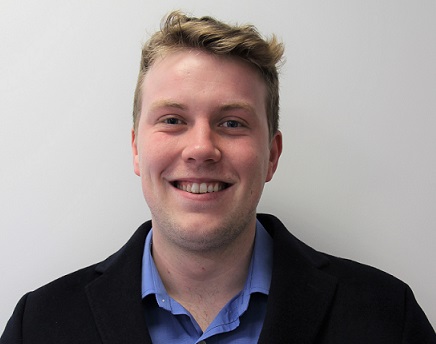
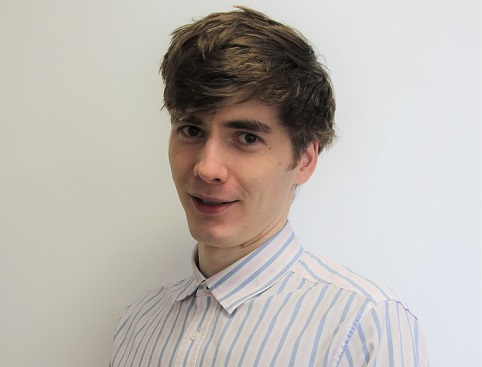
Protection of Li-Metal Anode by Surface Coating to Enhance the Cycling Performance of Li-S Batteries
OXIS Energy Ltd.’s patented technology - Lithium Sulfur (Li-S) - battery chemistry is particularly suited for application to the transport sector (Electric Vehicle, Marine, and Aviation) as OXIS have developed batteries that are significantly lighter than any Li-ion solution.
My job over the next four years will be to research ways to increase the life cycle of, and to reduce the cost associated with, OXIS Energy’s batteries. While their technology is already commercially viable for niche applications, the objective of my research is to extend this to large-scale applications.
Powder Interlayer Bonding of Future Alloys
Powder interlayer bonding (PIB) is a novel joining technique which allows for very high integrity bonds to be formed between metal alloys, including dissimilar alloys. Research into PIB between various aerospace alloys has been performed at Swansea University, with various improvements on the PIB process being introduced over time.
My project will focus on PIB of various Ni-based super alloys, including single crystal variants, used in the turbine section of the Jet engine. The microstructures, mechanical properties, and bond integrities will be studied in depth, with hopes to improve the PIB process further and bring it closer to being a viable option for in-service repair of aerospace components.
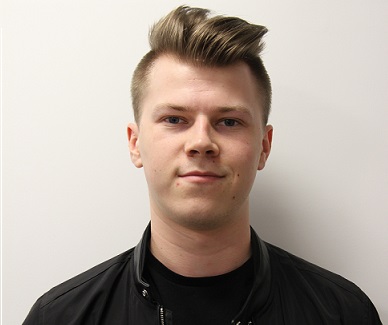
PhD Title: The Diffusion Bonding of Titanium Aluminide in the Institute of Structural Materials